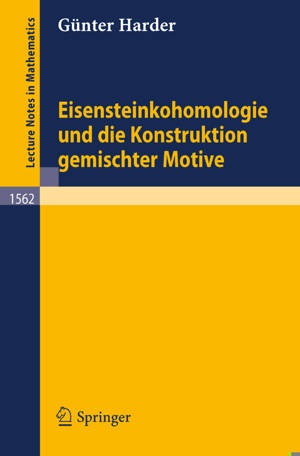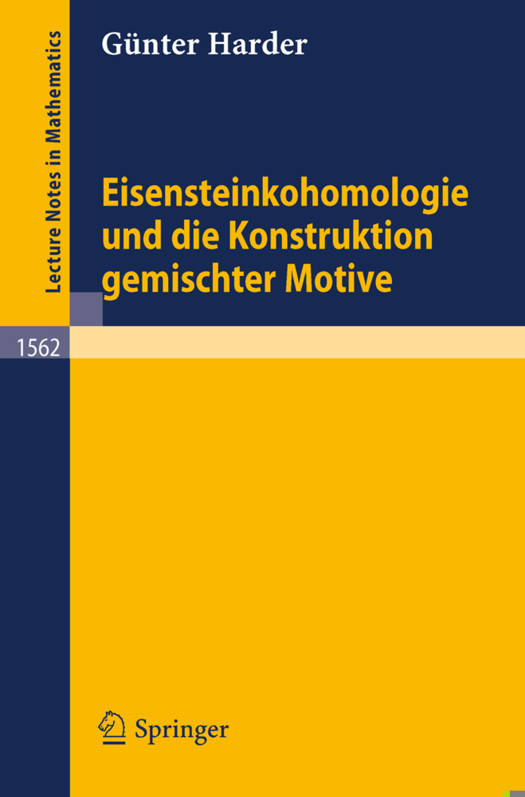
- Retrait gratuit dans votre magasin Club
- 7.000.000 titres dans notre catalogue
- Payer en toute sécurité
- Toujours un magasin près de chez vous
- Retrait gratuit dans votre magasin Club
- 7.000.0000 titres dans notre catalogue
- Payer en toute sécurité
- Toujours un magasin près de chez vous
Description
The aim of this book is to show that Shimura varieties provide a tool to construct certain interesting objects in arithmetic algebraic geometry. These objects are the so-called mixed motives: these are of great arithmetic interest. They can be viewed as quasiprojective algebraic varieties over Q which have some controlled ramification and where we know what we have to add at infinity to compactify them. The existence of certain of these mixed motives is related to zeroes of L-functions attached to certain pure motives. This is the content of the Beilinson-Deligne conjectures which are explained in some detail in the first chapter of the book. The rest of the book is devoted to the description of the general principles of construction (Chapter II) and the discussion of several examples in Chapter II-IV. In an appendix we explain how the (topological) trace formula can be used to get some understanding of the problems discussed in the book. Only some of this material is really proved: the book also contains speculative considerations, which give some hints as to how the problems could be tackled. Hence the book should be viewed as the outline of a programme and it offers some interesting problems which are of importance and can be pursued by the reader. In the widest sense the subject of the paper is number theory and belongs to what is called arithmetic algebraic geometry. Thus the reader should be familiar with some algebraic geometry, number theory, the theory of Liegroups and their arithmetic subgroups. Some problems mentioned require only part of this background knowledge.
Spécifications
Parties prenantes
- Auteur(s) :
- Editeur:
Contenu
- Nombre de pages :
- 184
- Langue:
- Allemand
- Collection :
- Tome:
- n° 1562
Caractéristiques
- EAN:
- 9783540574088
- Date de parution :
- 29-11-93
- Format:
- Livre broché
- Format numérique:
- Trade paperback (VS)
- Dimensions :
- 156 mm x 234 mm
- Poids :
- 303 g

Les avis
Nous publions uniquement les avis qui respectent les conditions requises. Consultez nos conditions pour les avis.






